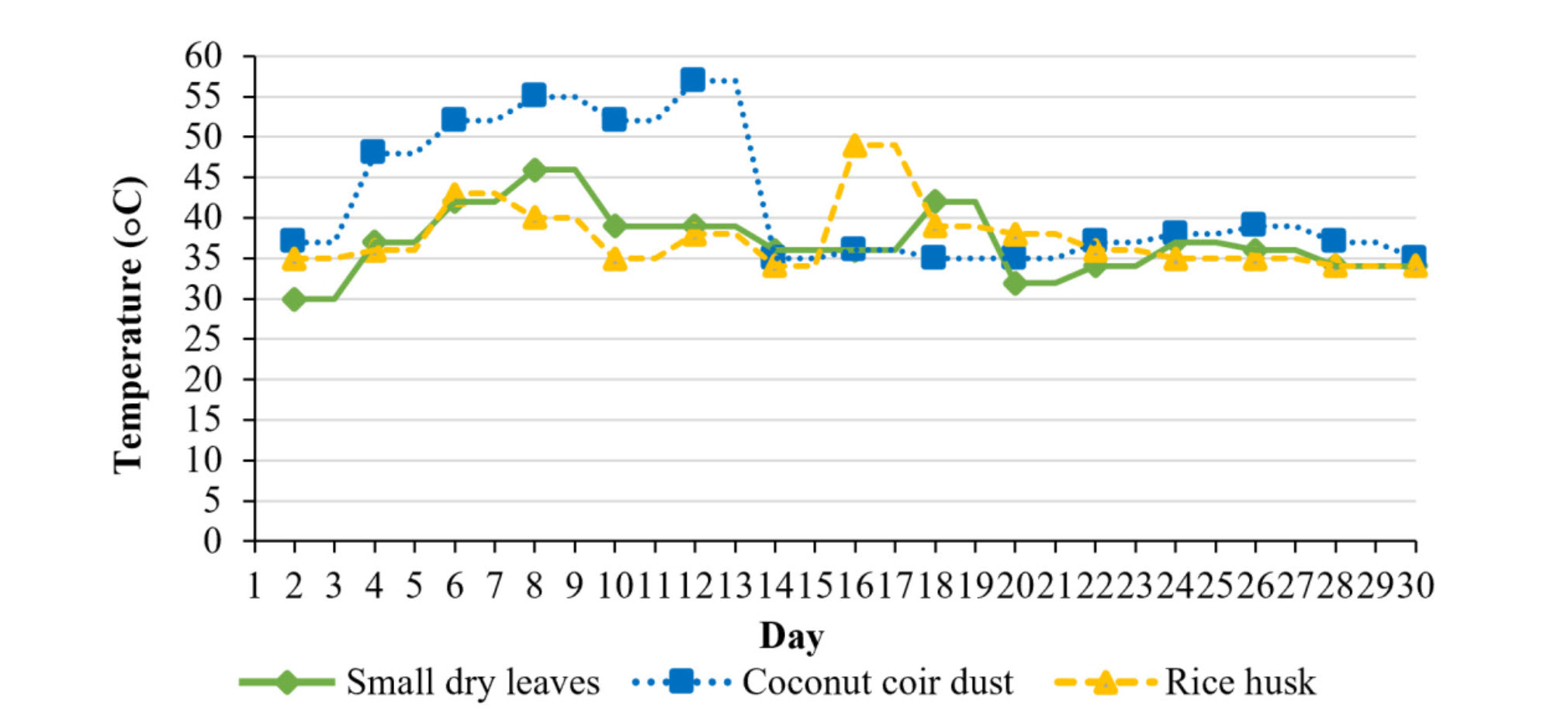Prototype of household compost bin turns food waste into compost for residents in a personnel condominium of Yala Rajabhat University
Main Article Content
Abstract
This research was to study the design guidelines for a prototype of the household compost bin for the residents of the personnel condominium of Yala Rajabhat University and to analyze the macronutrient contents of compost from the household compost bin. The questionnaire was used to interview residents in the personnel condominium to explore information about the type, quantity, and management of solid waste and to study the feasibility of developing a prototype of the household bin to turn food waste into compost. The results revealed that most households in the personnel condominium collected the solid waste without sorting or disposing of the waste in the same container. The amount of organic waste that needs to be disposed of is about 0.5-1 kg per day, including food scraps, e.g., rice scraps, snack scraps, vegetable scraps, and fruit peels. The residents opined that sorting food scraps before throwing them out is not a burden. They agreed that the household compost bin was available for use in the area of the personnel condominium. Therefore, the researchers have designed a household compost bin made from a 200-liter HDPE polypropylene plastic tank, placed it vertically on a steel stand, and installed stirrers inside the tank. After that, household organic waste was composted to make fertilizer with organic waste materials, consisting of rice husks, coconut coir dust, and small dry leaves. Then, the Super LDD 1 microbial activator of the Land Development Department was added to assess the efficiency of the household compost bin. The composting of household organic waste in the compost bin for 30 days revealed that the compost is soft, crumbly, easily torn, smells like soil, and the color of fermented material is dark brown. The composts obtained from the 3 different fermented materials demonstrated that the amount of moisture, pH value, electrical conductivity, amount of organic matter, organic carbon, C/N ratio, total nitrogen content, total phosphorus, and total potassium met the organic fertilizer standard of the Department of Agriculture, Thailand. Consequently, quality compost can be used as a soil amendment.
Article Details
How to Cite
Pradabphetrat, P., Maprasit, S. ., Pimsen, M., Narawit, W., & Sathawong, S. (2023). Prototype of household compost bin turns food waste into compost for residents in a personnel condominium of Yala Rajabhat University. Interdisciplinary Research Review, 18(5). retrieved from https://ph02.tci-thaijo.org/index.php/jtir/article/view/248212
Section
Research Articles

This work is licensed under a Creative Commons Attribution-NonCommercial-NoDerivatives 4.0 International License.


